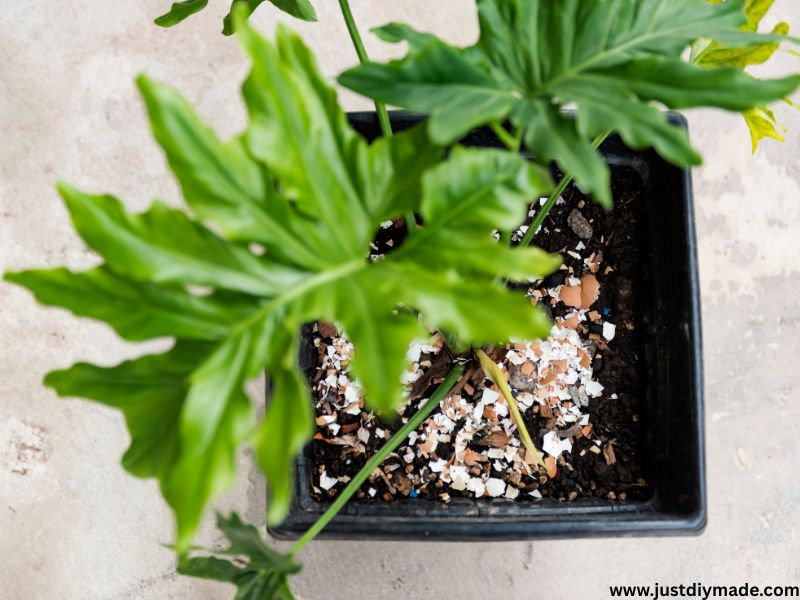This is Flowers That Bloom Year-Round.
If you love having color in your garden no matter the season, you’re not alone. There’s just something about fresh blooms that makes any yard feel more alive and welcoming.
But keeping flowers in bloom year-round isn’t always easy—especially if you don’t know which plants can handle your specific climate. The good news? No matter where you live, there are hardy flowers that can keep putting on a show month after month.
In this post, we’re diving into 10 beautiful flowers that bloom year-round—organized by USDA hardiness zones—so you can find options that work for your region.
Even if you’re in a warm, tropical zone or dealing with snowy winters, there’s something here for every gardener who wants nonstop color. Ready to turn your garden into a year-round floral paradise? Let’s get started.
1. Pansies

Source
These cheerful little flowers are surprisingly hardy and can bloom through light frosts and cooler temps. In zones 3–4, pansies can bloom through spring, fall, and even during mild winters with proper care.
Their rich colors and velvety petals add a delicate charm to otherwise dormant garden spaces.
Tips:
- Plant in early spring or late summer for best results.
- Deadhead spent blooms regularly to encourage new growth.
- Add mulch to protect them from extreme cold and temperature fluctuations.
- Opt for hardy varieties like ‘Matrix’ or ‘Icicle Pansies’ that are bred for cold tolerance.
Example: Try planting pansies along walkways or in window boxes. Their vibrant hues—like deep purple, yellow, and blue—make them pop against a snowy or early spring backdrop.
2. Dianthus
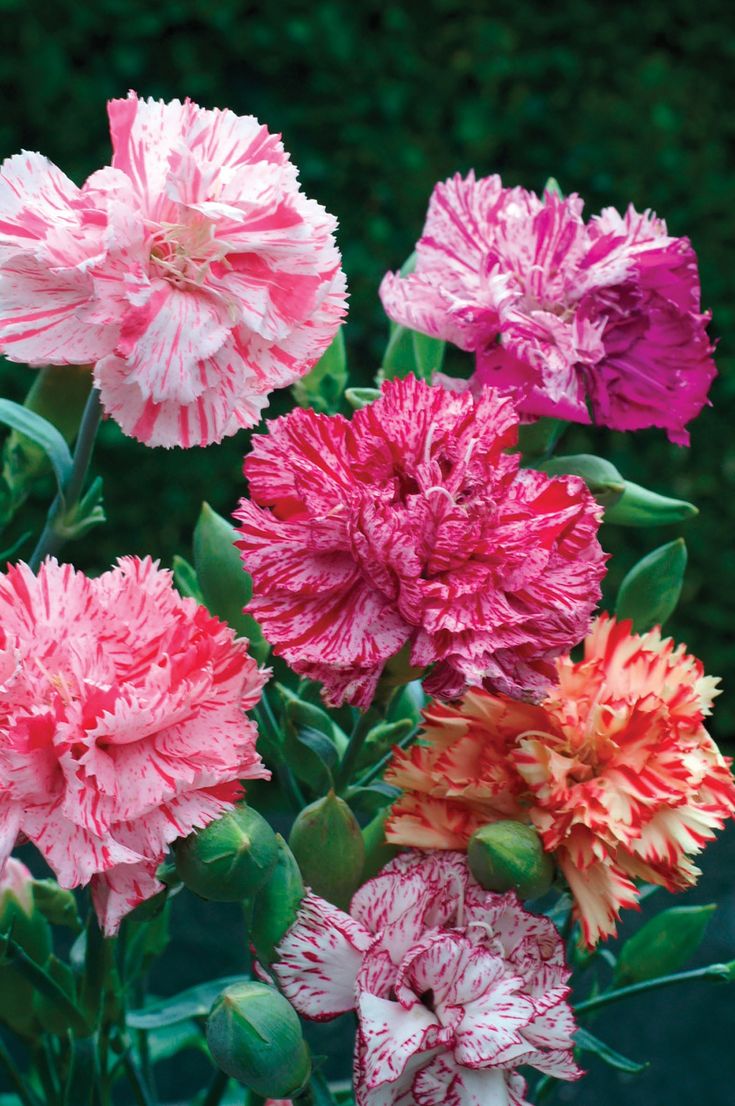
Source
With their spicy fragrance and fringed petals, dianthus adds charm and color to gardens in chilly zones. Some varieties, like ‘Sweet William’, even self-seed and return year after year.
Their low-growing habit also makes them ideal for borders and rock gardens.
Tips:
- Choose perennial types like ‘Firewitch’ for longer-lasting blooms.
- Grow in full sun with well-drained soil.
- Cut back after blooming to stimulate new flowers and tidy the plant.
- Provide protection from excessive snow buildup.
Extra Tip: You can mix early spring bulbs like crocuses or snowdrops around dianthus beds for a layered blooming effect in cold climates.
3. Coneflowers (Echinacea)
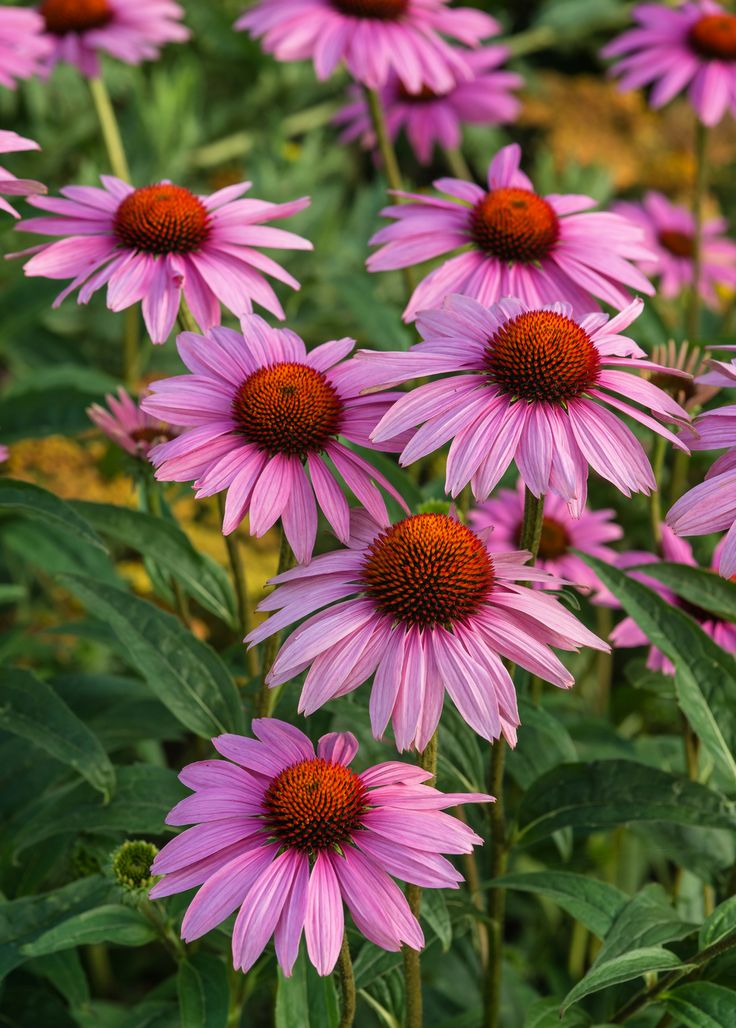
Coneflowers are hardy perennials that bloom from early summer until frost, with colorful daisy-like petals that attract pollinators like bees and butterflies. Their raised centers also add visual texture.
Tips:
- Leave seed heads in fall for birds and winter interest.
- Divide clumps every few years to maintain vigor.
- Water during dry spells but don’t overwater.
- Plant different varieties for a longer blooming period—like ‘Magnus’, ‘Cheyenne Spirit’, and ‘PowWow Wild Berry’.
Example: Group coneflowers in clusters at the back of flower beds. Their tall stalks make them perfect for adding height and drama.
4. Coreopsis

Source
Known for its sunny yellow blooms, coreopsis thrives in full sun and continues flowering for months with minimal care. This low-maintenance perennial is ideal for new gardeners.
Tips:
- Deadhead regularly to keep blooms coming.
- Tolerates poor soil but appreciates compost in spring.
- Water deeply once a week.
- Great companion for purple salvia and echinacea.
Extra Tip: Pair with other summer bloomers like black-eyed Susans for a burst of seasonal color. Coreopsis also looks stunning in wildflower meadows or mixed cottage gardens.
5. Geranium (Cranesbill)
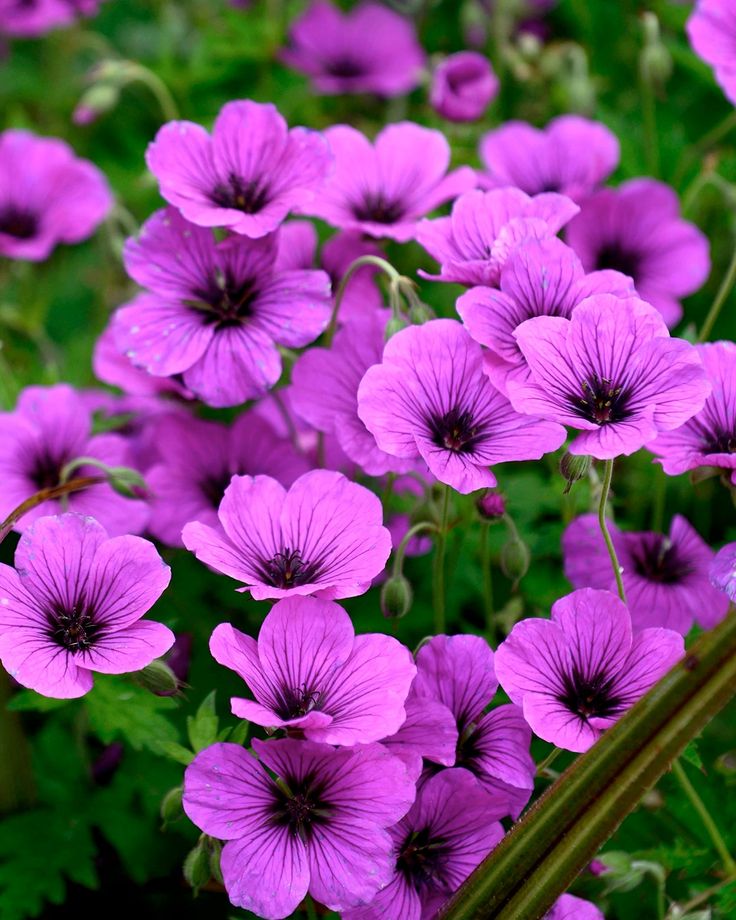
Source
Hardy geraniums (not to be confused with tender annual geraniums) offer nearly continuous blooming in mild climates and tolerate a range of conditions. Their mounded shape makes them ideal for filling gaps.
Tips:
- Cut back midsummer to encourage reblooming and maintain shape.
- Plant in partial shade if summer is intense.
- Water consistently during droughts.
- Look for varieties like ‘Rozanne’ which bloom non-stop from spring to frost.
Example: Use geraniums to fill the base of rose beds or as a colorful groundcover in shaded woodland gardens.
6. Lantana
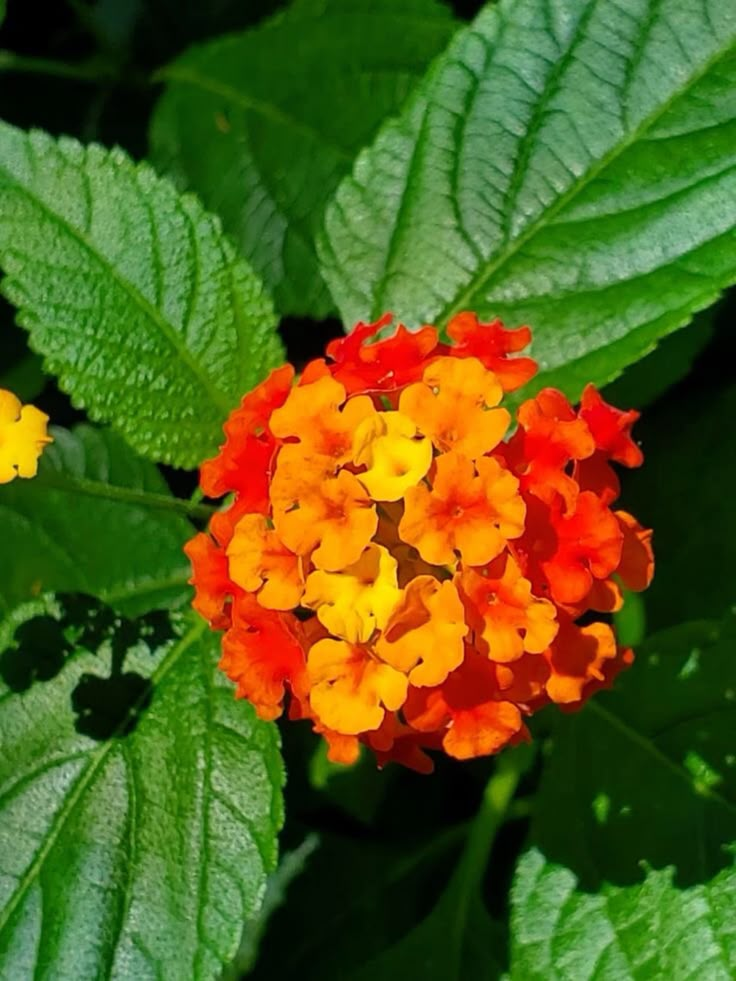
Source
This heat-loving flower is a favorite for butterflies and offers blooms in bright clusters of color. It performs especially well in zones 7–8 with warm temps and lots of sun.
Tips:
- Prune lightly to keep it bushy and neat.
- Water sparingly—lantana doesn’t like soggy soil.
- Bring indoors during frost if planted in pots.
- Avoid high-nitrogen fertilizers that encourage foliage over flowers.
Extra Tip: Add lantana to container arrangements with trailing plants like sweet potato vine for a stunning summer display. You can also use it to edge sunny paths or garden beds.
7. Bougainvillea
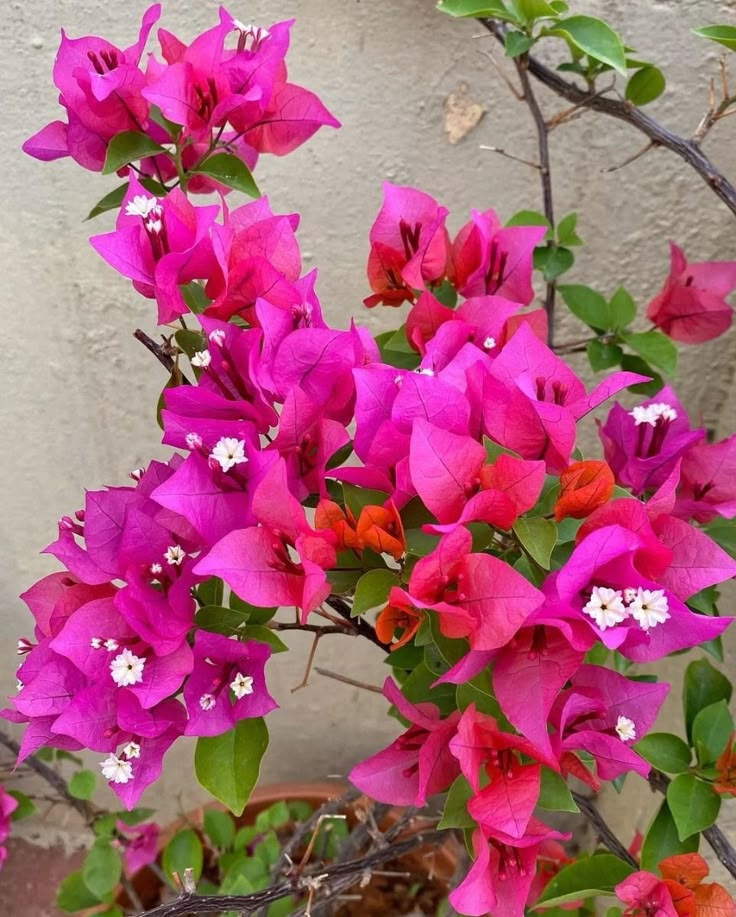
Source
Bougainvillea is a tropical climber that explodes with color throughout the year in hot climates. Its paper-like petals add drama and vibrancy to any landscape, especially when trained over fences, trellises, or arbors.
Tips:
- Requires full sun and well-drained soil.
- Use a trellis or wall for support.
- Cut back after each bloom cycle to encourage more flowers.
- Be careful of the thorns when pruning.
Example: Bougainvillea makes a breathtaking privacy screen or living wall. Use contrasting shades like magenta or orange to create visual interest.
8. Marigolds

Source
Marigolds love the sun and warm weather, thriving in zones 9–10 with blooms that just won’t quit. Their pest-repelling properties also make them perfect for vegetable gardens.
Tips:
- Deadhead regularly to prolong blooming.
- Water at the base to avoid powdery mildew.
- Sow seeds directly into the garden once frost has passed.
- Plant in containers near patios to add color and deter mosquitoes.
Extra Tip: Plant marigolds near tomatoes, peppers, or squash to deter aphids, nematodes, and whiteflies naturally. Their strong scent acts as a natural insect barrier.
9. Hibiscus
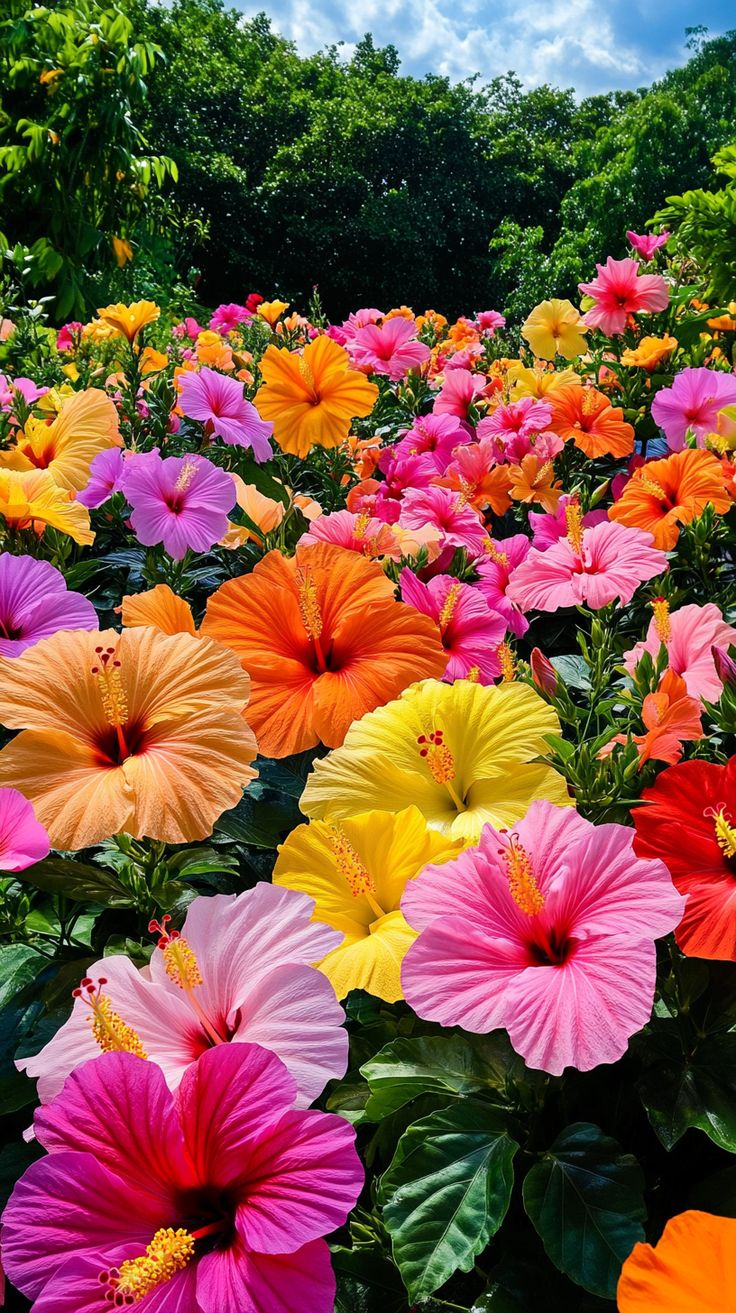
Source
With their huge, exotic-looking flowers, hibiscus plants are a staple in warm, tropical zones. In the right conditions, they’ll bloom almost non-stop, adding a lush, tropical feel to any garden.
Tips:
- Feed with a high-potassium fertilizer monthly during the growing season.
- Protect from strong winds which can damage the large blooms.
- Keep soil moist but not soggy.
- Prune lightly to encourage bushier growth.
Example: Use hibiscus as a centerpiece in tropical-themed gardens or poolside beds. The flowers also make lovely cut arrangements.
10. Ixora

Source
Known as flame of the woods, this tropical shrub produces vibrant flower clusters in shades of red, orange, and yellow. It’s a Flowers That Bloom consistently in warm, humid areas.
Tips:
- Prefers acidic soil and full sun.
- Avoid overwatering, especially during cooler months.
- Prune lightly to maintain shape and encourage more flowers.
- Add mulch to keep roots cool and moist.
Extra Tip: Consider pairing ixora with other tropical bloomers like plumbago, heliconia, or coleus to build a lush paradise effect in your yard.
General Tips for Year-Round Bloom
1. Mix Annuals with Perennials
Annuals can fill gaps between perennial blooming cycles, keeping your garden colorful all year. Try petunias, zinnias, or impatiens for quick color.
2. Understand Microclimates
Even in the same zone, parts of your yard may be warmer or cooler than others. Use these microclimates to your advantage when placing sun- or shade-loving flowers.
3. Use Mulch to Regulate Soil Temperature
Mulching helps keep roots cool in summer and warm in winter, which supports healthy blooming habits and water retention.
4. Fertilize Properly
Over-fertilizing can lead to lush leaves but fewer flowers. Use a balanced fertilizer or one specifically for blooms, and follow package directions carefully.
5. Rotate Plants for Visual Interest
Planting flowers that bloom in different seasons can create a natural flow of color. Rotate in pots or containers for easy updates without replanting everything.
6. Watch for Pests Year-Round
Even in the off-season, some pests can linger. Keep an eye on your plants and treat problems early with organic or chemical solutions.
7. Try Container Gardening for Flexibility
Containers let you move plants around to chase the sun, protect from frost, or update the look of your garden throughout the year.
8. Start a Bloom Calendar
Track what blooms when in your garden. This helps plan for continuous color and highlights gaps you may want to fill with new varieties.
9. Choose Native Plants
Flowers native to your region are more likely to thrive with less effort. They often bloom reliably, resist pests, and support local pollinators.
10. Prune with Purpose
Pruning at the right time encourages growth and more blooms. Learn your plant’s blooming habits to know when and how to cut back for best results.
Final Thoughts
A blooming garden doesn’t have to fade with the seasons. By choosing the right plants for your USDA zone and using a few smart gardening strategies, you can enjoy year-round floral color that lifts your mood and beautifies your home. It’s not just about planting pretty flowers—it’s about creating a space that feels alive and welcoming all 12 months of the year.
Gardening is a journey, and each plant you add brings new life to your outdoor space. Don’t be afraid to experiment and learn as you go. Start with a few reliable bloomers from your zone and build from there. Over time, you’ll have a garden that not only looks amazing but brings you joy day after day.
Let your yard be a place of beauty in every season. With the right mix of zone-friendly flowers, smart care tips, and a little creativity, you’ll have color that lasts 365 days a year.
You May Also Like:
11 Beautiful Low-Light Indoor Plants That Thrive in Near Darkness

